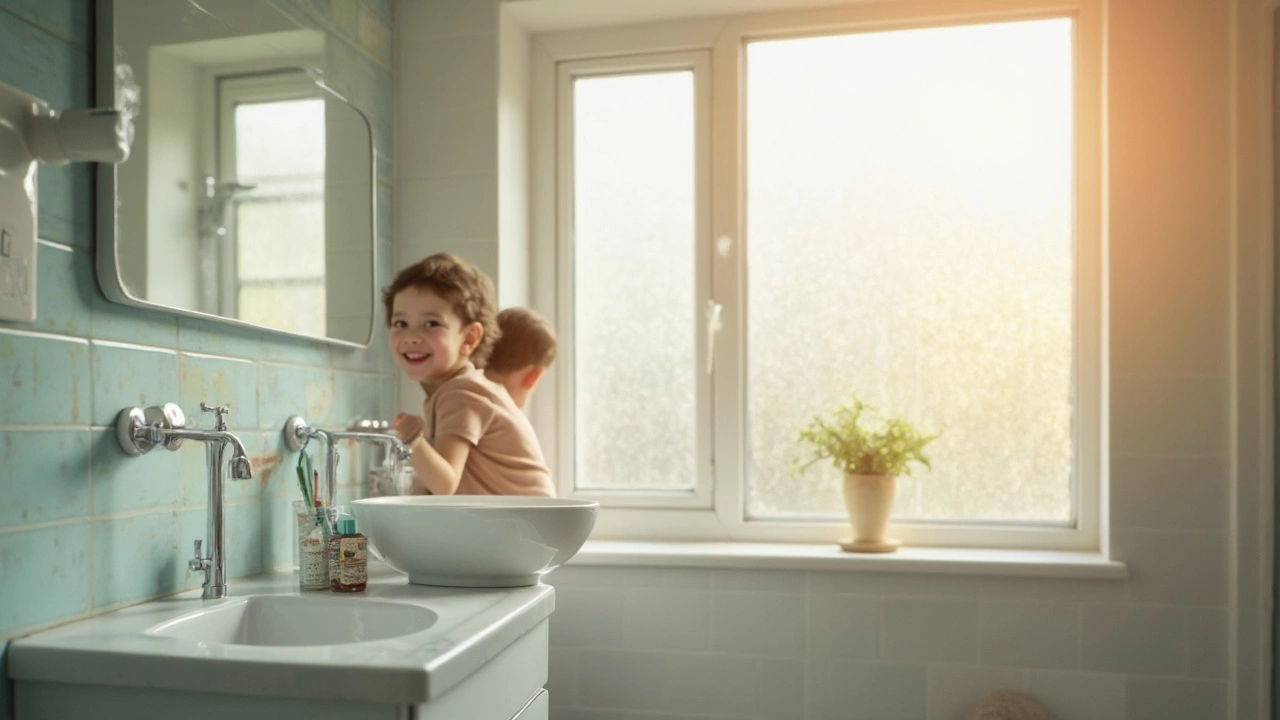Understanding Concave Mirrors: How They Work and When to Use One
Ever stared at a shiny, bowl‑shaped mirror and wondered why it makes a magnified view? That’s a concave mirror, and it’s more than a bathroom gadget. It can focus light, boost tiny details, and even help you start a solar project. Let’s break down the basics so you can decide if a concave mirror fits your needs.
How a Concave Mirror Forms Images
A concave mirror curves inward like a spoon. When light hits the shiny surface, it reflects toward a single point called the focal point. If an object sits farther than that point, the mirror throws a real, upside‑down image that you can project onto a screen. Move the object closer than the focal length and the mirror creates a virtual image that looks bigger and upright – perfect for makeup or shaving.
The distance between the mirror’s surface and its focal point is half the radius of curvature. That simple math lets you predict where an image will appear. Real images can be captured on paper, while virtual images stay inside the mirror’s “bubble.” Knowing which type you get helps you choose the right size and shape for the job.
Practical Uses and Buying Tips
Concave mirrors show up in everyday tools. Small handheld models are common in cosmetics because they give a close, magnified view of your face. Larger ones power telescopes, concentrating starlight for clearer viewing. Car headlights use tiny concave mirrors to focus the bulb’s beam, and DIY solar cookers rely on a big mirror to concentrate sunlight.
When you shop, start with the diameter. A 4‑inch mirror works well for personal grooming, while a 12‑inch or larger panel is better for projects like solar heating. Look for a mirror coated with aluminum or silver for high reflectivity; a dielectric coating adds extra durability if the mirror will face the elements.
Check the curvature rating – sometimes listed as focal length (e.g., 25 cm). A shorter focal length gives stronger magnification but a narrower field of view. If you need a broad view, pick a longer focal length. Also, verify the backing material. Acrylic mirrors are lightweight and shatter‑proof, but glass mirrors provide sharper images.
Cleaning a concave mirror is easy but needs care. Use a soft microfiber cloth and a gentle glass cleaner. Avoid abrasive pads that can scratch the coating. For stubborn spots, dampen the cloth with a mix of water and a drop of dish soap, then wipe in a circular motion from the center outward.
Safety matters, especially with large mirrors that concentrate sunlight. Never point a powerful concave mirror at anything flammable, and keep pets and children away while it’s focused on a target.
Bottom line: a concave mirror is a versatile tool that turns light into a useful focus point. Whether you’re perfecting a shave, building a telescope, or cooking with solar power, pick the right size, coating, and focal length, then keep it clean and handle it safely. With those basics, you’ll get the most out of your concave mirror in no time.
Ever wondered why your bathroom mirror doesn't make you look taller or why some mirrors at the funfair give you wacky shapes? There are three main types of mirrors: flat, concave, and convex. Each has its own job, from showing your true reflection to making spaces safer or fooling your eyes. This article breaks down how they work, where you find them, and tricks to use them better at home. You'll get straight answers and a few things you probably never realized about mirrors.
Jun, 23 2025
